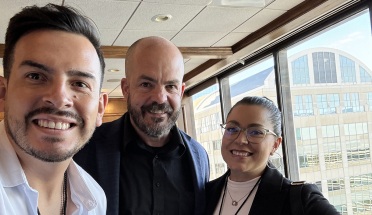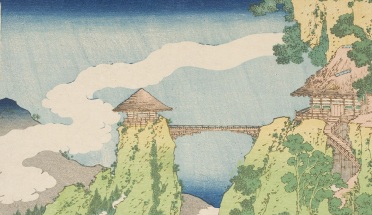
Cockrell’s Water-Collecting Gel Film Stands to Help Hydrate a Thirsty Globe
- Sep 20, 2022
More than a third of the world’s population resides in areas known as drylands that experience significant water shortages. That’s why scientists and engineers from The University of Texas at Austin developed a solution that could help people in such areas access clean drinking water.
The solution arrives in the form of a low-cost gel film, which the team created from abundant materials that can pull water from the air in even the driest climates.
This development is also financially sustainable. The materials that facilitate this reaction cost a mere $2 per kilogram, and a single kilogram can produce more than 6 liters of water per day in areas with less than 15 percent relative humidity — and as much as 13 liters daily in areas with up to 30 percent relative humidity.
While this research builds on previous breakthroughs at the Cockrell School of Engineering, such as the ability to pull water out of the atmosphere and the application of that technology to create self-watering soil, these technologies were designed for relatively high-humidity environments.
“This new work is about practical solutions that people can use to get water in the hottest, driest places on Earth,” said Guihua Yu, professor of materials science and mechanical engineering in the Walker Department of Mechanical Engineering. “This could allow millions of people without consistent access to drinking water to have simple, water-generating devices at home that they can easily operate.”
Other attempts at pulling water from desert air are typically energy-intensive and do not produce adequate volume. And although 6 liters might not sound like much, researchers in Yu’s lab say that creating thicker films or absorbent beds or arrays with optimization could drastically increase the amount of water they yield.
Plus, the researchers say the reaction itself is a simple one, reducing the challenges of scaling it for mass usage.
“This is not something you need an advanced degree to use,” said Youhong Nancy Guo, the lead author on the paper and a former doctoral student in Yu’s lab, now a postdoctoral researcher at the Massachusetts Institute of Technology. “It’s straightforward enough that anyone can make it at home if they have the materials.”
As the research was funded by the Defense Advanced Research Projects Agency (DARPA) in the U.S. Department of Defense, maximizing drinking water for soldiers in arid climates is an important objective of the project. However, the researchers also envision this ultimately as a product that, thanks to its simplicity, people could someday buy at a hardware store to use in their homes.
Read the full story from the Cockrell School of Engineering.



